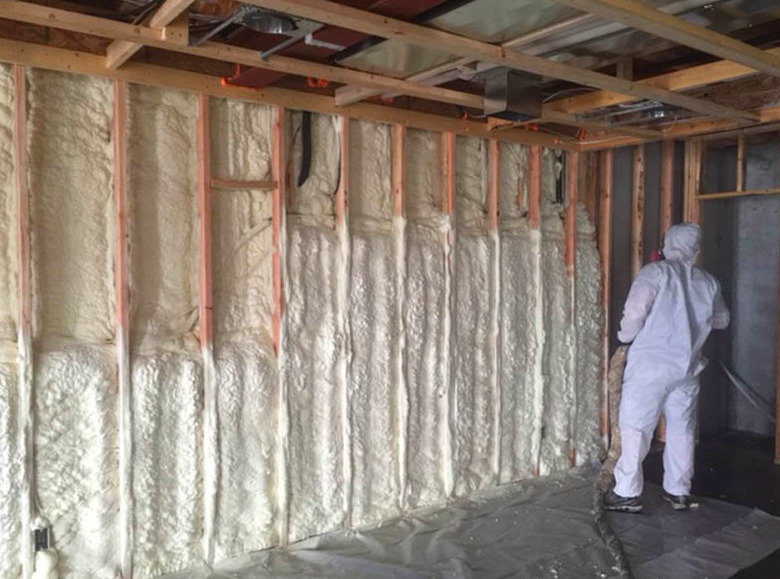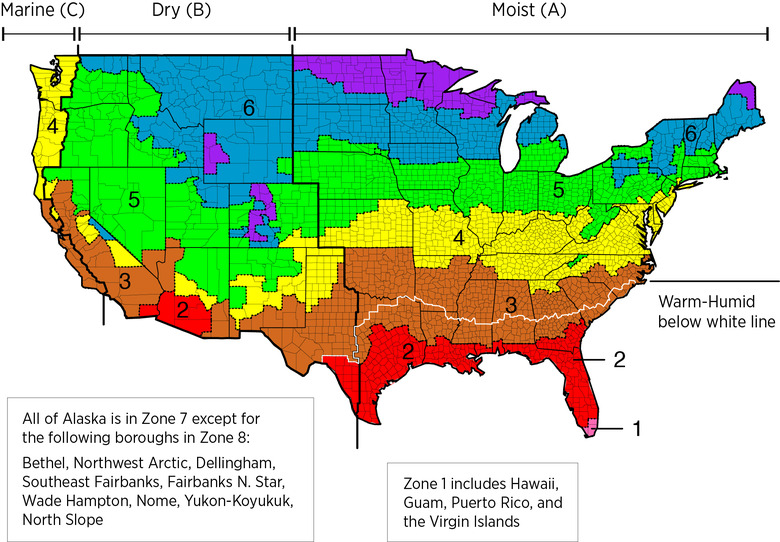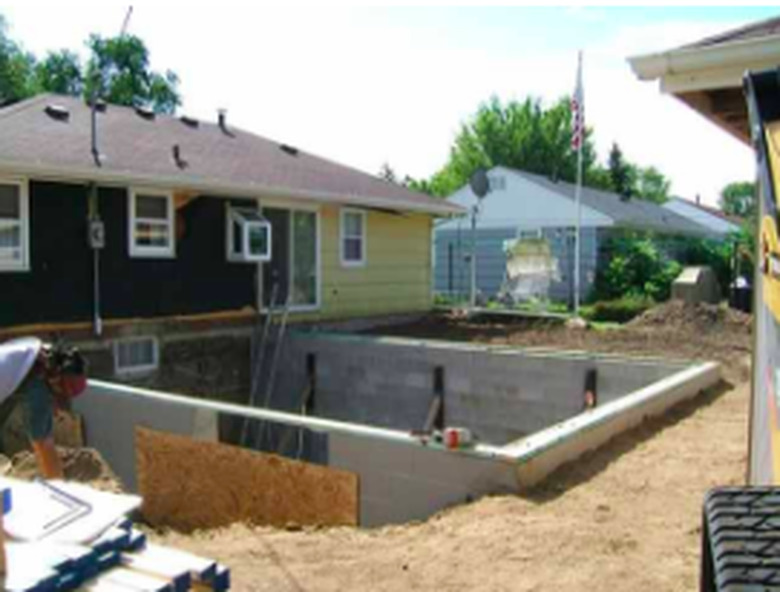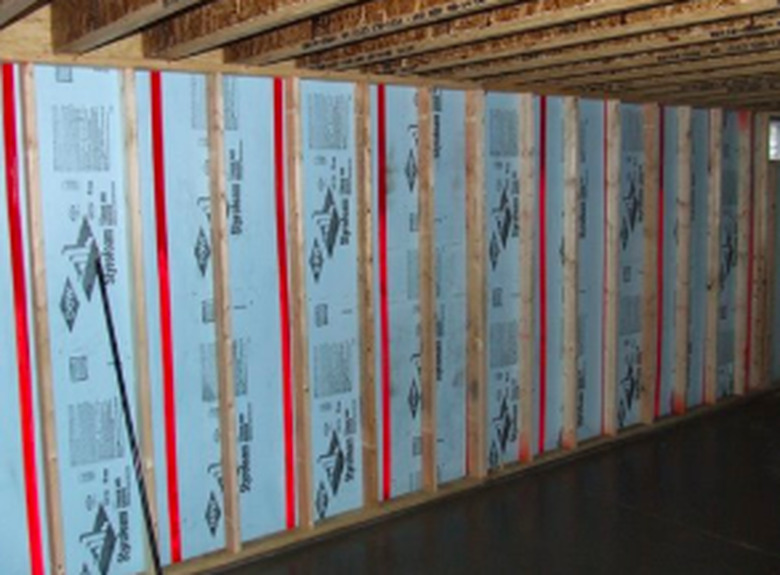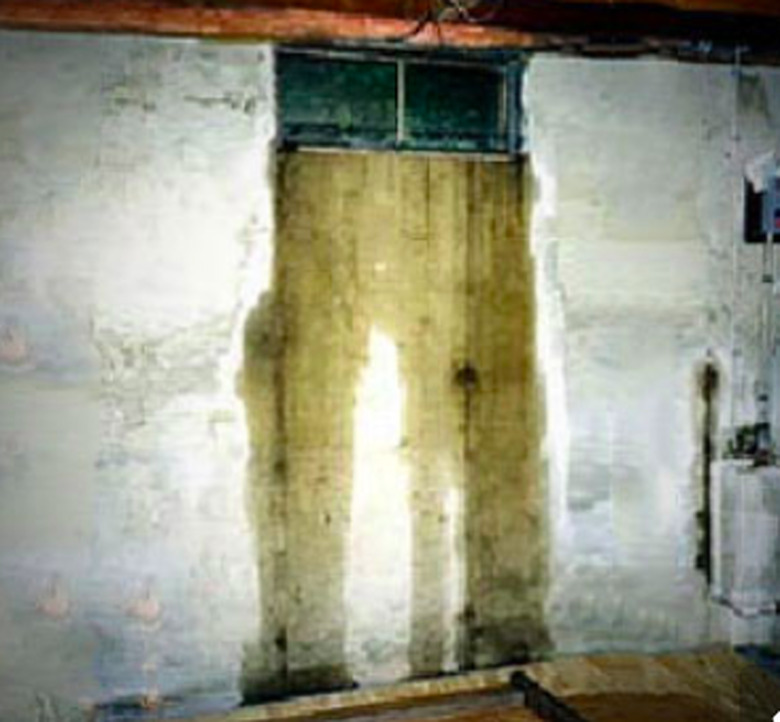Basement Insulation Tips
Basement insulation isn't just a convenience—it's a code requirement for most people who live north of Oklahoma, and it's an energy-saving tactic for people all over North America. Because of the probability of moisture incursion, the basement is the trickiest room in the house to insulate, and it calls for special techniques. If you can afford spray foam, that's the best way to go, but if you can't, or if you prefer to do all the work yourself, you may have to frame out some walls to get the proper insulation value for your climate zone. If you're going to go to the trouble of framing out walls for insulation, you might consider finishing the basement while you're at it. You'll make the basement even warmer when you add drywall, and you'll get bonus living space in the process.
Why You Need Insulation
Why You Need Insulation
Because the space lies below grade, basements are cooler than the rest of the house. You won't change that by adding insulation—the basement will stay cool unless you heat it—but you will keep out drafts and the bone-chilling, moist air that radiates through the walls and lowers the temperature in rooms upstairs. This means that insulating the basement will save you money on your energy bill even if you are not using the basement for living space. According to the U.S. Department of Energy, insulating the basement of a 1,500-square-foot residence in Buffalo, N.Y. can save almost $400 a year. In Washington, D.C., the savings are almost $300 per year.
SPONSORED TIP: Once you've figured out what to put inside your walls for insulation, you'll need to figure out what to put on them. Plastic-based paints are a great option for a basement (or other rooms around the house): they're durable, water-resistant, and easy to clean.
The 2012 Residential Building Code requires basement insulation in climate zones 3 and above, as determined by the U.S. Department of Energy climate zone map. However, you don't need to insulate the basement to the same extent as the rest of the house. The minimum required R-value ranges from R-5 in zone 3 to a maximum of R-15 in the coldest climates.
If code-compliance and energy savings aren't motivating enough, consider one more important reason to insulate the basement. Basements are usually humid, largely because the temperature gradient at uninsulated walls is large enough to condense water out of the air. Wet basement walls are a favorite breeding ground for various types of mold. When you insulate the walls and reduce or eliminate the temperature gradient, you also reduce or eliminate your mold problem.
Still Building Your Basement?
Still Building Your Basement?
If your basement is still under construction, you're in luck. One of the best ways to insulate a basement is to do the job from outside before the foundation has been backfilled. This approach saves space inside the basement, because you don't have to build insulating walls, and it leaves the concrete walls exposed so you can monitor them for cracks. It also allows you to build an uninterrupted, sealed envelope around the basement to provide better insulation.
The exterior insulation goes on top of the waterproofing layer that builders are required to apply to any new basement. You can insulate the outside surface of the walls with closed-cell spray foam, mineral wool or rigid polystyrene sheets. The insulation doesn't have to be attached to the walls because the backfilled dirt holds it in place.
Insulating from Inside
Insulating from Inside
Before considering the two main strategies for insulating basement walls, it's important to mention what not to do. Don't simply construct a wall next to the exposed concrete and fill it with fiberglass or cellulose insulation. If you make this mistake, you'll soon have a wall full of wet and clumping insulation—and plenty of mold.
You can use fiberglass batts as part of an insulating system, but they must be separated from the concrete walls by a vapor barrier. The best barrier to use is a layer of 1 1/2-inch or thicker rigid foam. The foil-wrap on this product provides the vapor barrier you need, and the foam supplies thermal protection that you can augment with fiberglass. Adhere the rigid sheets to the concrete with adhesive or special fasteners, then seal the edges with spray foam, tape or both to create an uninterrupted barrier. Build a 2 x 4 wall in front of this barrier, leaving a 1 1/2-inch ventilation gap, then fill the wall with enough fiberglass to bring the R-value to the desired level. Once this is done, it's your call whether or not to hang drywall and create a finished space.
You can avoid all this work by spraying foam insulation onto all the interior basement walls. You'll get all the insulation you need in a single layer, so you don't need to frame out walls. It's an effective option—though a somewhat more expensive one—for a space that you intend to leave unfinished, although you can also build walls and finish the basement after spraying foam if you choose.
Dealing With Basement Windows
Dealing With Basement Windows
No insulation job is complete without taking care of drafts that originate around doors and windows. If you can, you should replace all your old single-pane basement windows with energy-efficient, double-pane models during your insulation retrofit. Whether you do this or not, consider removing the casing around all the windows, spraying foam in the gap next to the window frame, then reinstalling the casing and sealing the casing with caulk. This is a better way to insulate them than stuffing fiberglass into the gap, since fiberglass tends to get wet when packed around a basement window.
If your basement windows are contained within window wells, the wells may collect water when it's raining, and some of the water can seep through the window frame. Prevent this by installing drains in the bottoms of the wells. Control drafts by updating the wells with heavier material to increase thermal protection and/or capping the wells by fastening plastic sheeting over the tops of the wells to act as a windbreak. Rigid plastic covers can also be placed over the tops of the window wells. If capping is impractical, you might consider stapling plastic to the outside of the windows as an emergency measure.
Plastic sheeting can also reduce thermal transmission through the windows if you simply tape it to the frames from inside the basement. For severe drafts, consider making cardboard shutters or window plugs with rigid foam insulation. Fit a plug inside each window and tape it in place with PVC tape. You can remove the plugs in the summer and store them until you need them again.
